As travelers and tourists, temporary life outside of home in a foreign place like Peru may seem glamorous, but one cannot overlook the work it takes to sustain life in these areas. Uros Floating Islands, a man-made island, is one of these remarkable places where some Peruvians live. It’s interesting to learn about their way of life to stay afloat. They routinely prepare and stack bundles of totora reeds just to maintain the island with buoyancy. In addition, they make bread and boats from the reeds, including selling their handicrafts by day. The simple life of minimalism was certainly attractive here on peaceful Lake Titicaca of Peru. Across the lake was Taquile Island where I enjoyed a delicious lunch and live music alongside fellow travelers. It was entertainment for us tourists, but a way of life for the locals to earn their living.
The progression of civilization in the Andes took endurance, and Peru’s archaeological sites provided us with a glimpse of that. Hiking up the steep steps of Machu Picchu was work in and of itself. We had to remember that the society then was not technologically as advanced as today, and building a city along a 7,000-foot-above-sea-level mountain ridge was no easy task. Other examples offering a peek into the life in the past, were the above-ground tombs or pre-Incan burial towers in Sillustani, called chullpas.
Further richness in the Andean world was seen in the Saint Francis Cathedral in Lima, with its ornate design and catacombs that were built to withstand earthquakes. The Ollantaytambo’s irrigation system and its Sacred Valley also had ruins en route to the Inca Trail. This famous trail was part of the 20,000 mile long Inca road system. Another impressive architectural wonder, built in the 15th century, was the 18-20 meter central adobe wall of the Temple of Wiracocha in Raqchi, Cusco. There were more ruins in Pisac; however, this place had become better known for its indigenous artisan market.
After visiting a few other towns, I was off to the Peruvian Amazon jungle, or better known as the Amazon rainforest, in Puerto Maldonado by the Tambopata River. Getting to this rainforest was an adventure, which required a few forms of transportation. First, it was a light aircraft, followed by a shuttle bus, then a boat, and after some hiking I finally arrived at my lodge. There’s a reason why this place is called a rainforest. Practically every day had a downpour while I was here at the Refugio Amazonas lodge.
My own 3-bed lodge was huge and open to the outside environment, so no closed windows. My luggage never arrived until the last day here, so I had to be resourceful and lived like a camper. It wasn’t quite comfortable in the humidity especially in the evenings with the mosquito nets around the bed. Although, that was all part of the experience of being outside our comfort zone when we travel.
It was surprisingly loud at night with the insect sounds and nature. In the pitch dark, I became more attuned to the sounds around me, including the insects. I think I even experienced a bioluminescent critter in my bed as it casted a blinding light one night. I couldn’t tell if I was asleep or dreaming, but I definitely felt awake and my eyes were wide open. Other cool creatures in the forest were the caimen and capybara, the largest rodent in the world. The gigantic termite nest hanging from a tree was one of the most intriguing things I’d seen.
In terms of natural beauty, it wasn’t only green hues in the forest. There were other colors, like that of the blue butterflies and the red heliconia plant. Since the rainforest was home to so many wildlife, it was important not to affect their habitat as much as possible and to monitor our usage of light. The Refugio Amazonas lodge staff was well aware of this and extinguished the candles throughout the grounds soon after dinnertime to reduce the light pollution. This was a signal for everyone to prepare for bed, and reduce the noise level.
The rainforest was quite dark, hence the lack of photos taken there, as it was covered and shaded by a canopy of enormous leaves. I did get the chance to relax on a hammock at the upper floor of the lodge and was fanned by these beautiful foliage. It was a moment of zen.
My journey to the Andes finished off at 12,000 feet elevation in La Paz, Bolivia, after weaving around dust storms and crossing the Peruvian-Bolivian border. Nearly missing my connecting bus ride from the chaos in this very developing part of the world, I thankfully found my bus in the mass of other identical looking buses. I even had to hand signal my bus driver through the closed window to stop the bus and pick up two other tourists whom I recognized from my previous tour bus. Like me, they were frantically hunting for their bus after going through border control. Arriving in La Paz was a bit of a headache with the traffic jam and steep roads.
The moment of zen in Bolivia was visiting the Moon Valley, which was a barren, dry area with spires created by erosion. Indeed I felt I was in another world, and that is the gift of traveling.

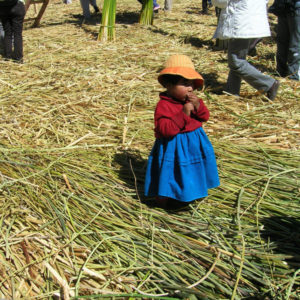
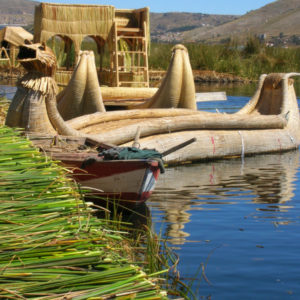
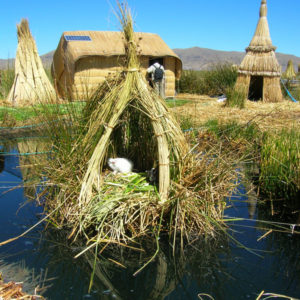

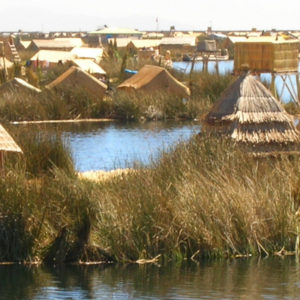
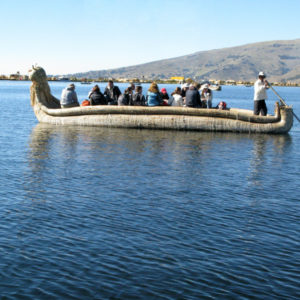
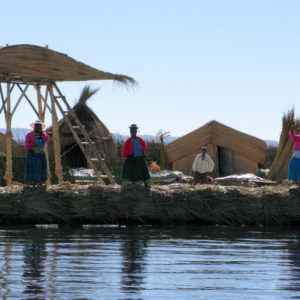
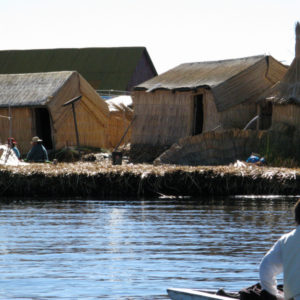
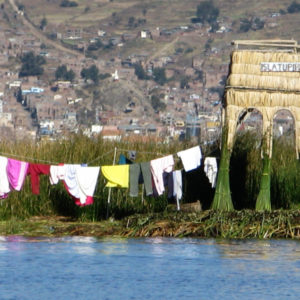
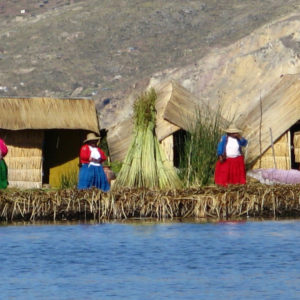
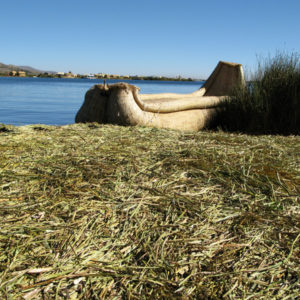
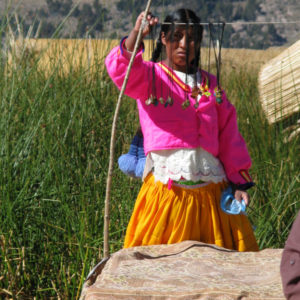
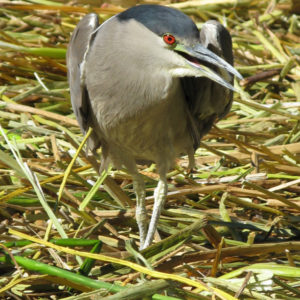
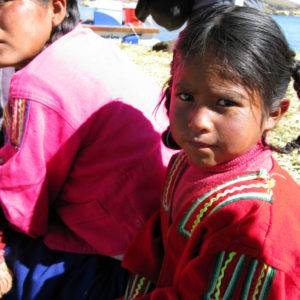
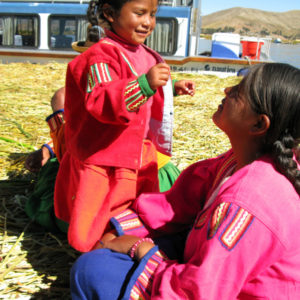
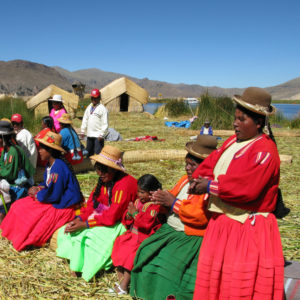
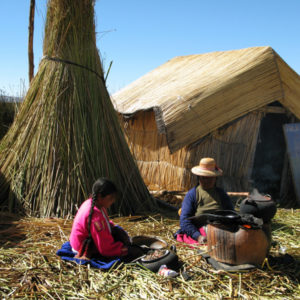
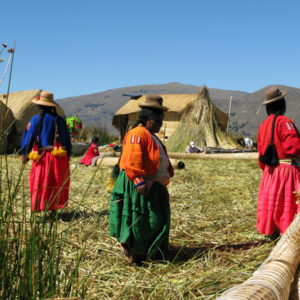
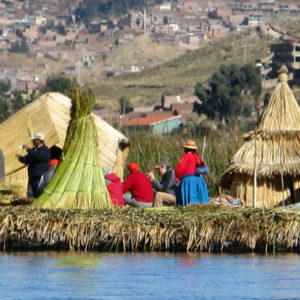
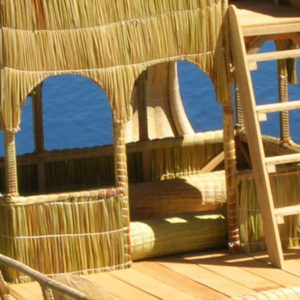
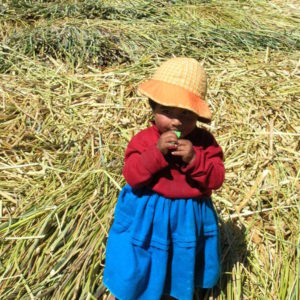
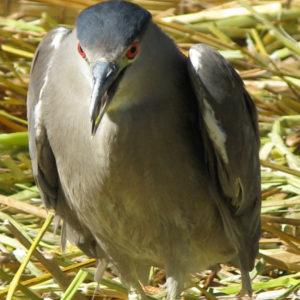
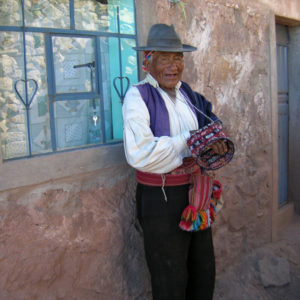
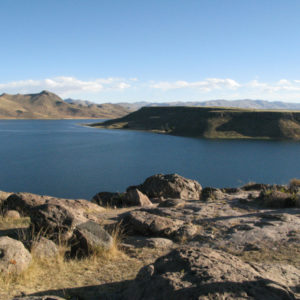
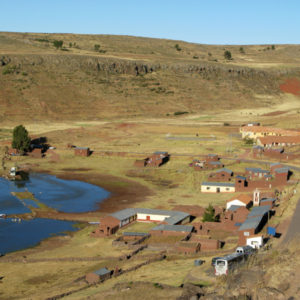
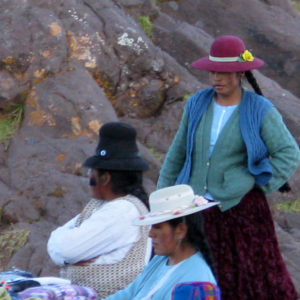
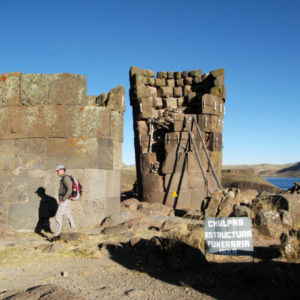
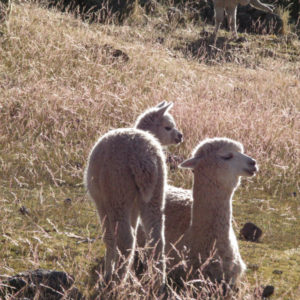

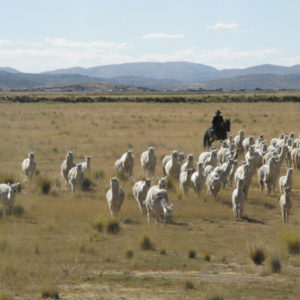
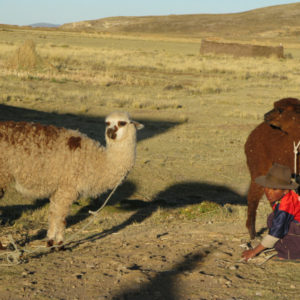
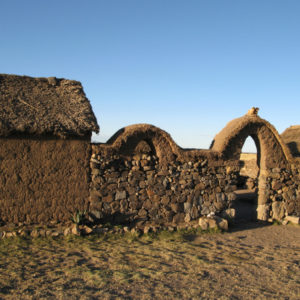
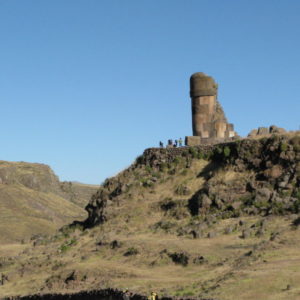
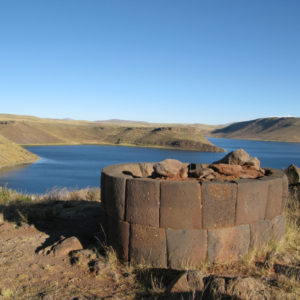
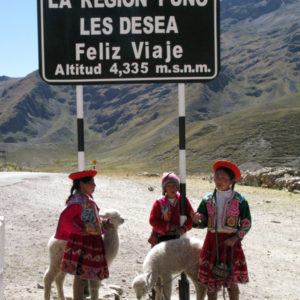
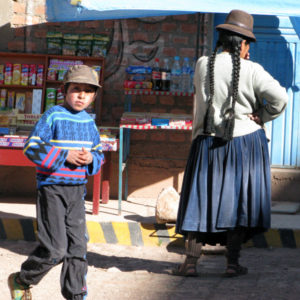
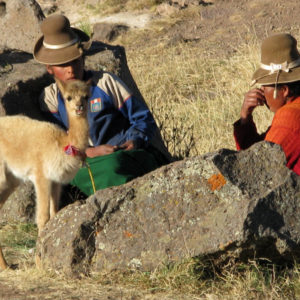
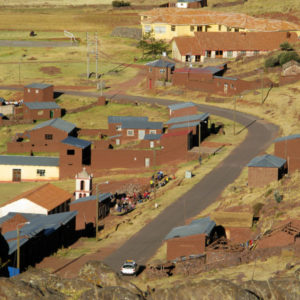
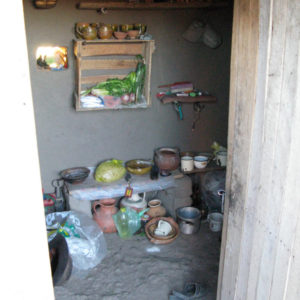
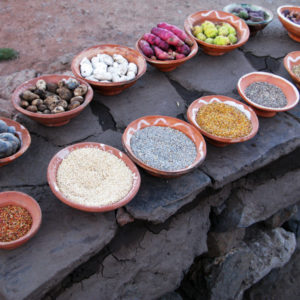
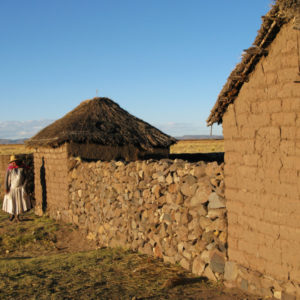
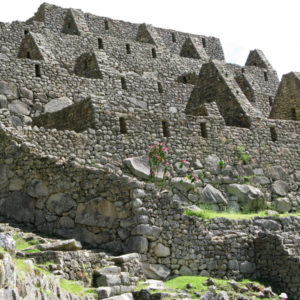
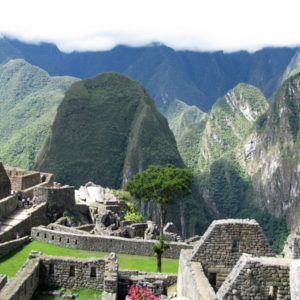
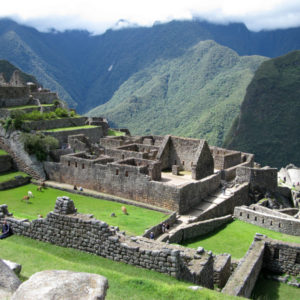
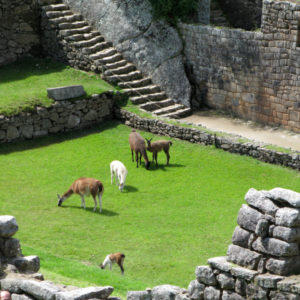
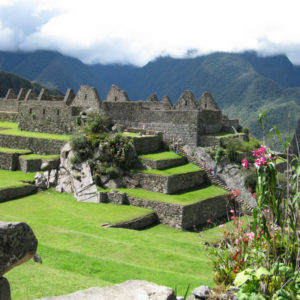
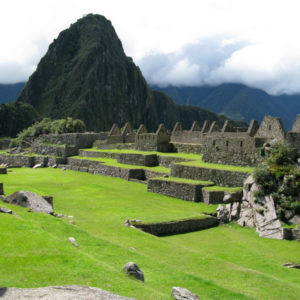

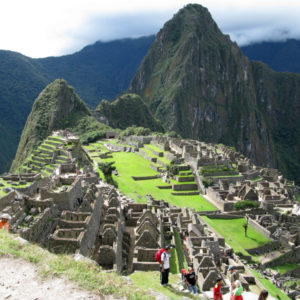
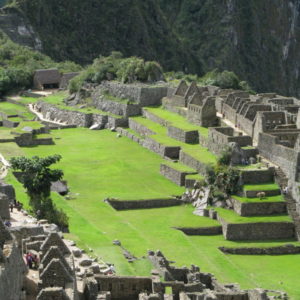
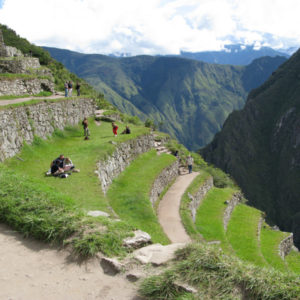
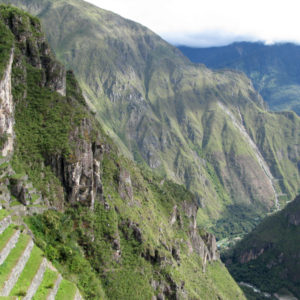
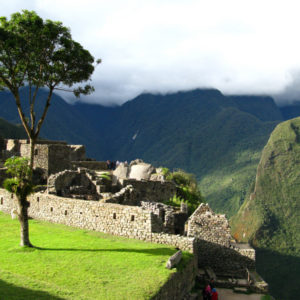
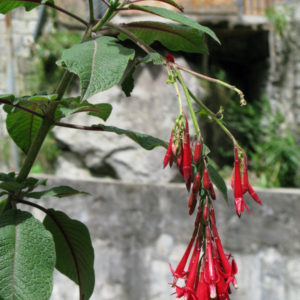
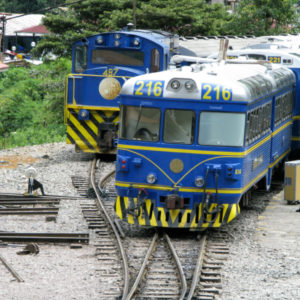
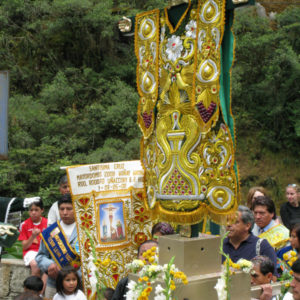
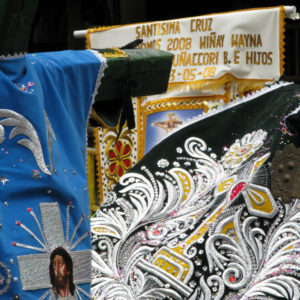
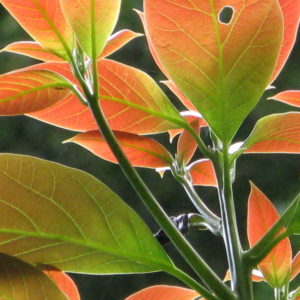
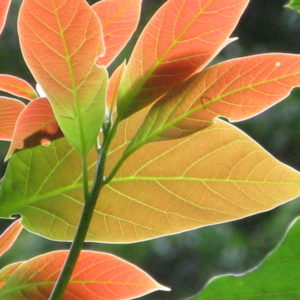
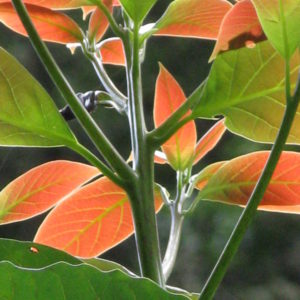
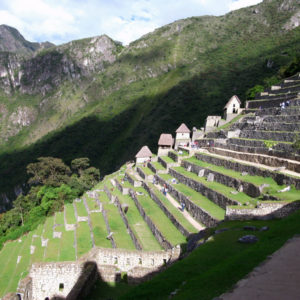
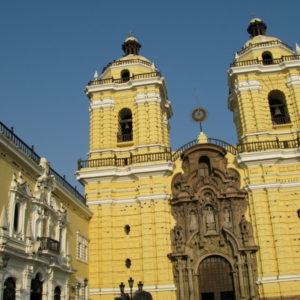
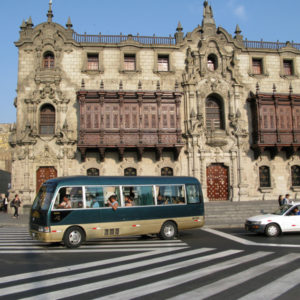
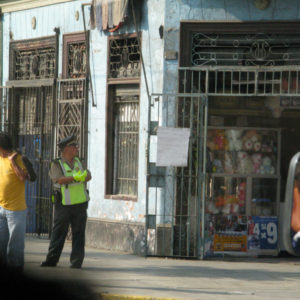
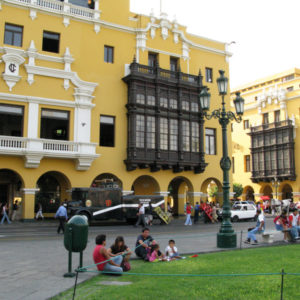
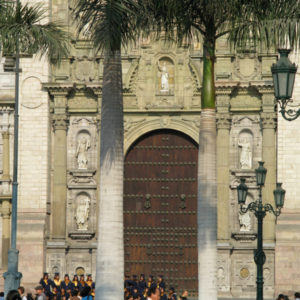
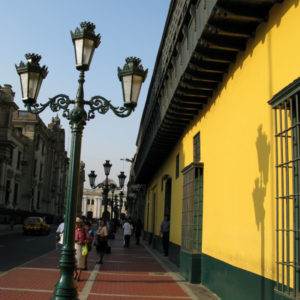
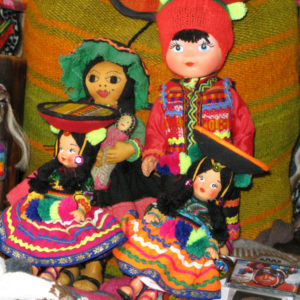
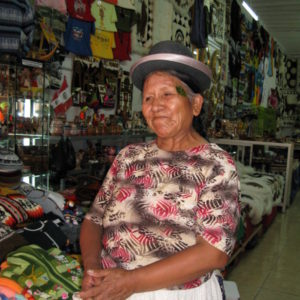
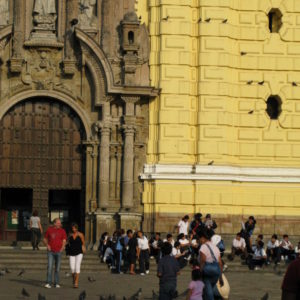
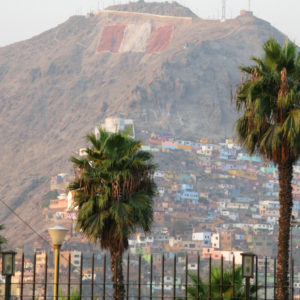
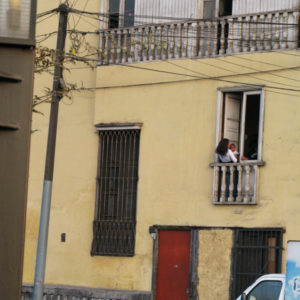
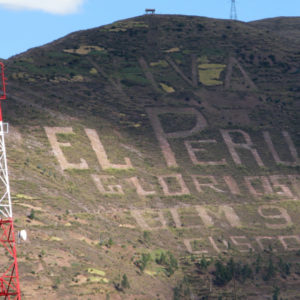
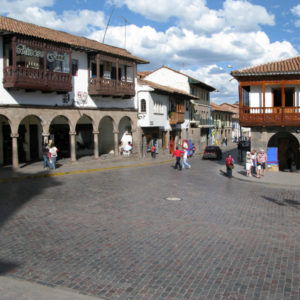
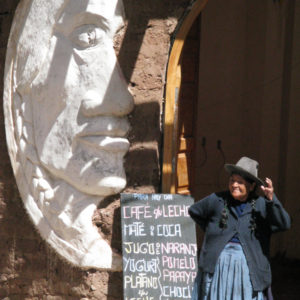
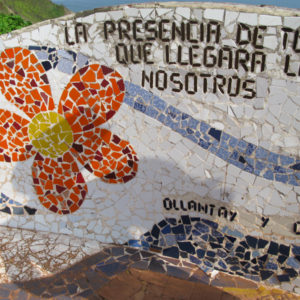
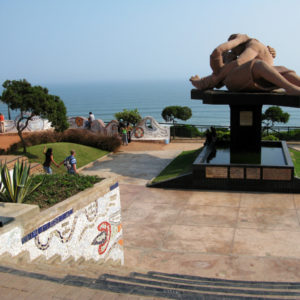
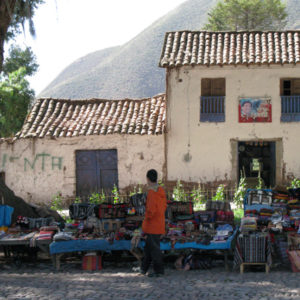
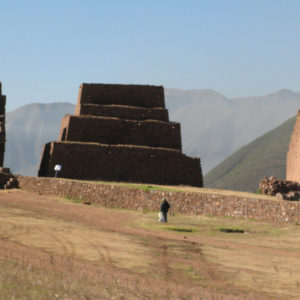
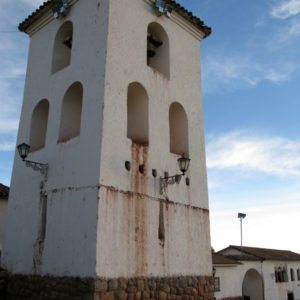
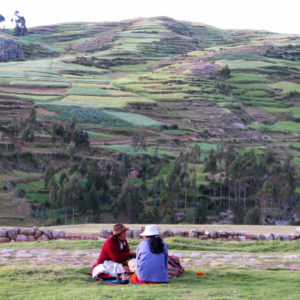
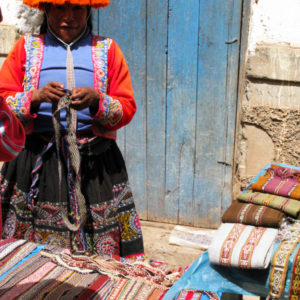

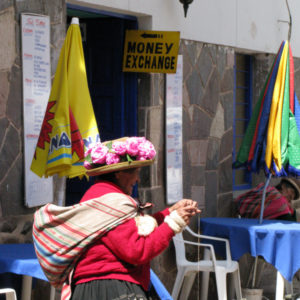
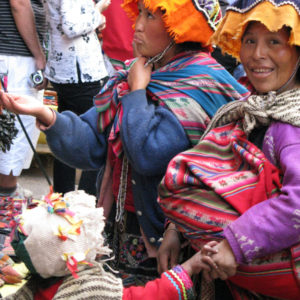
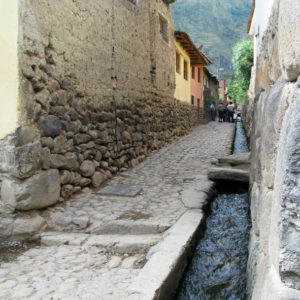
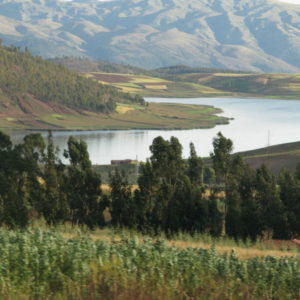
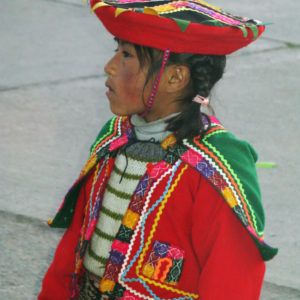
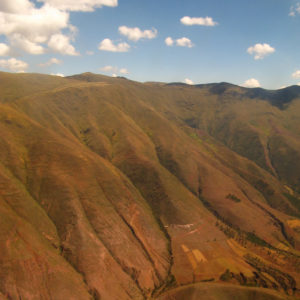
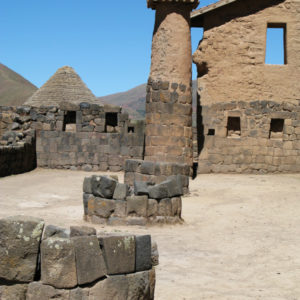
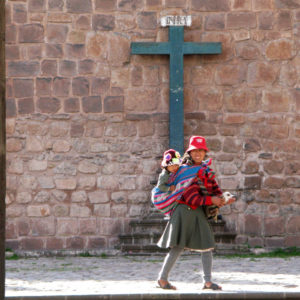
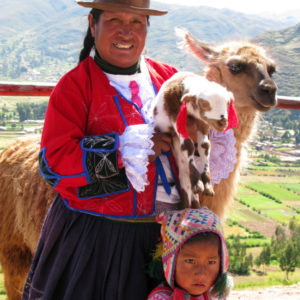
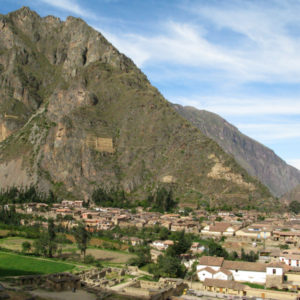
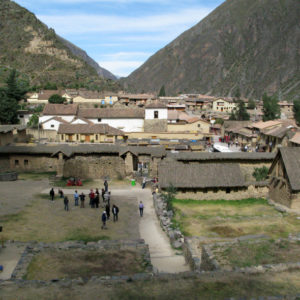
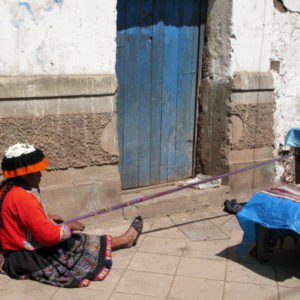
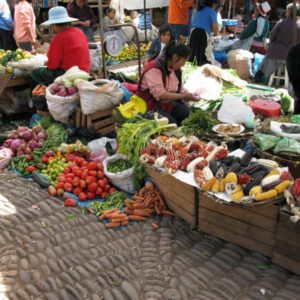
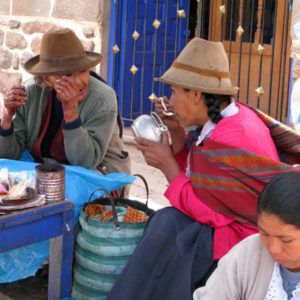
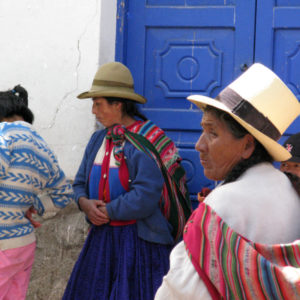
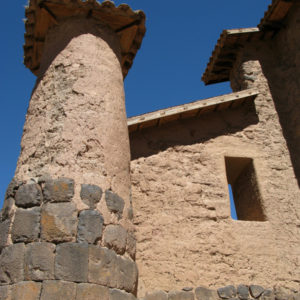
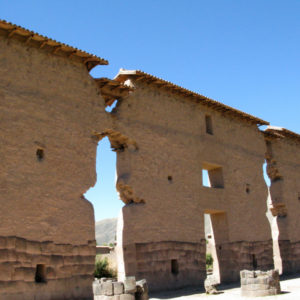
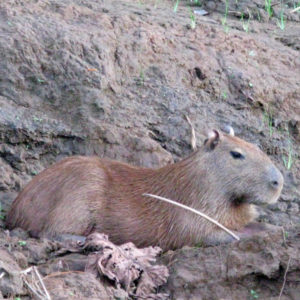
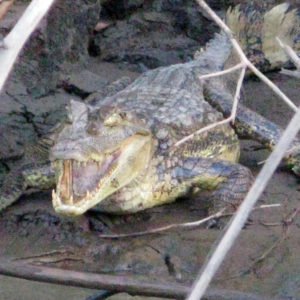
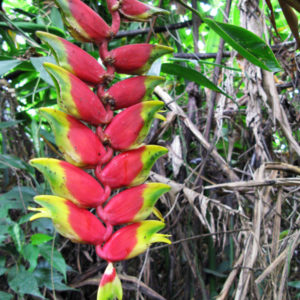
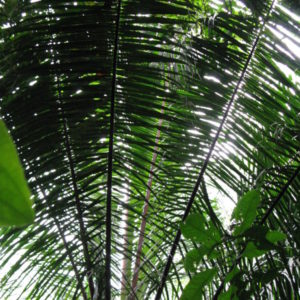
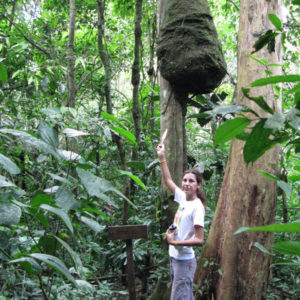
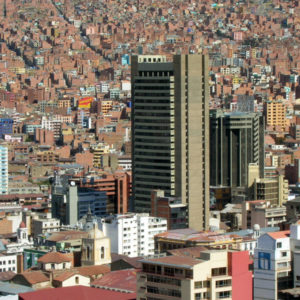

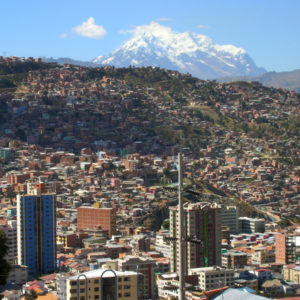
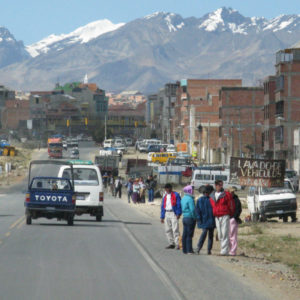
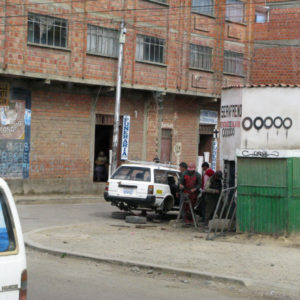
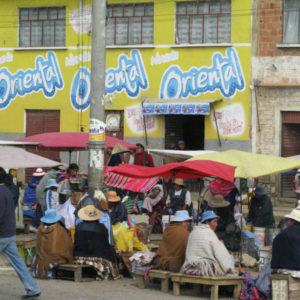
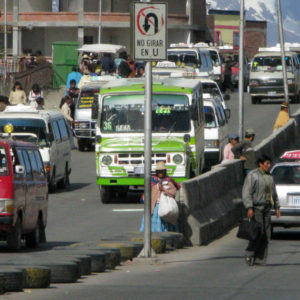
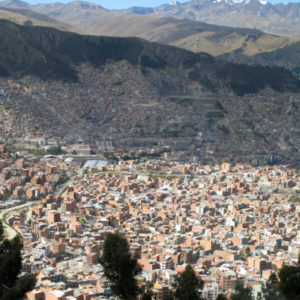
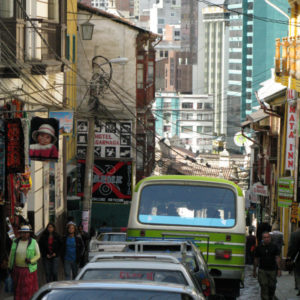
Leave a Reply